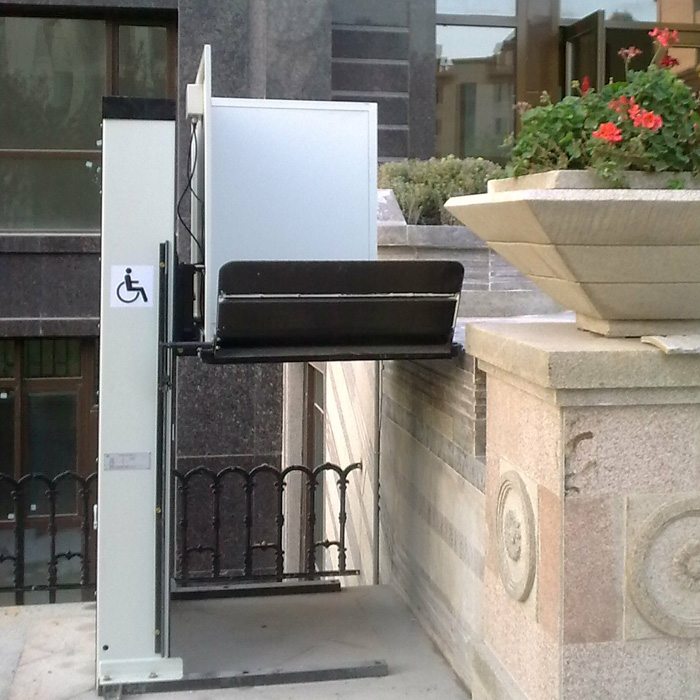
Vertical platform lifts are essential accessibility solutions for individuals with mobility challenges. These lifts provide a safe and convenient way for people to access different levels of a building or facility. However, like any other mechanical equipment, vertical platform lifts can encounter issues that may hinder their functionality.
One of the most common issues with vertical platform lifts is a loss of power. If the lift is not moving, check to make sure that it is properly connected to a power source. Check the power switch and circuit breaker to ensure they are turned on and functioning correctly. If the lift still does not operate, check the power source and wiring for any damages or loose connections.
Vertical platform lifts are equipped with safety sensors that automatically stop the lift if they detect an obstruction or interference. If the lift is not moving or is stopping unexpectedly, check the safety sensors to ensure they are clean and free from any debris. Inspect the sensors for damages or misalignment and adjust them as needed to ensure proper operation.
Over time, the moving parts of a vertical platform lift may require lubrication to ensure smooth and efficient operation. Inspect the lift’s tracks, rollers, and hinges for any signs of wear or friction. Apply lubricant to these parts as recommended by the manufacturer to prevent excessive wear and prolong the lifespan of the lift.
Regular maintenance is essential to keep a vertical platform lift in optimal condition. Schedule routine inspections and servicing by a qualified technician to detect any potential issues early on and prevent costly repairs. Follow the manufacturer’s recommended maintenance schedule and guidelines to ensure the lift’s longevity and safety.
